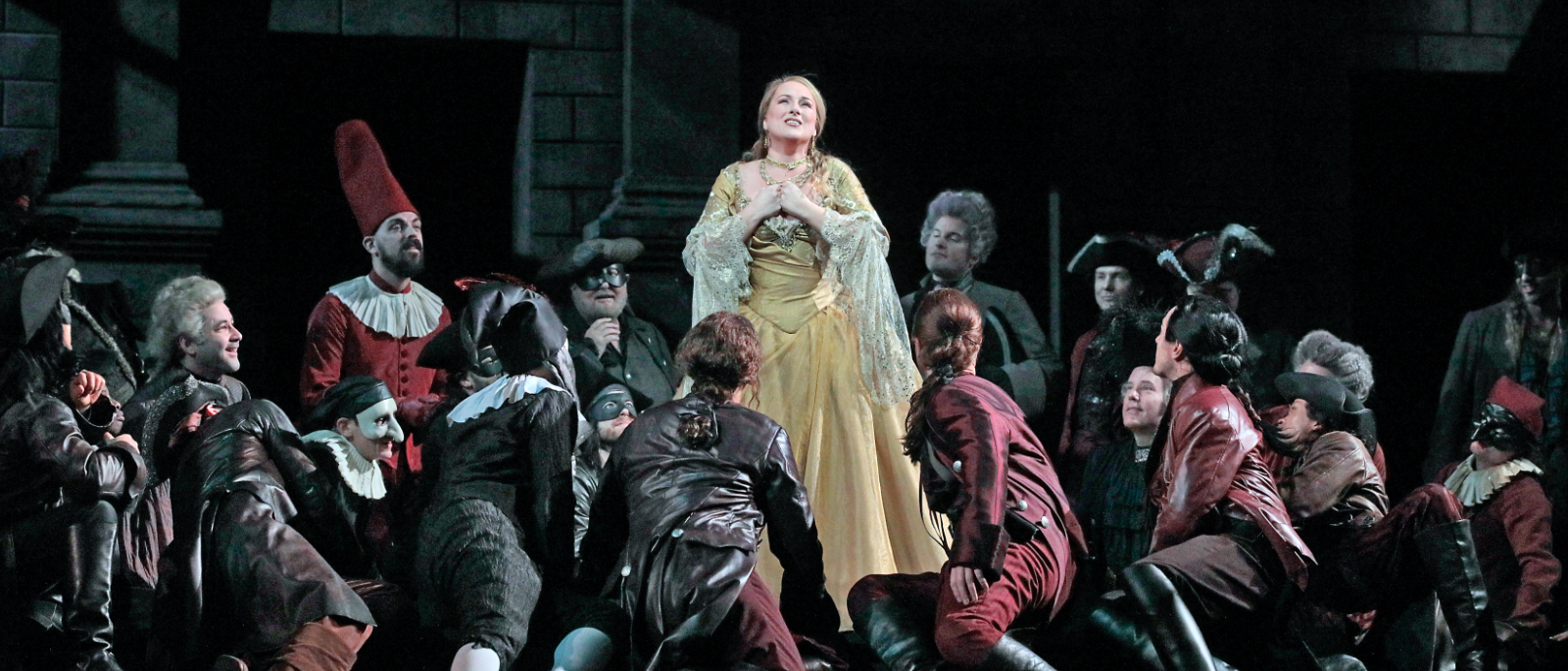
What’s in a Page?
Almost no copies of Shakespeare’s plays in his own handwriting exist today, but three publications of Romeo and Juliet appeared within a few decades of the play’s premiere. Two of these were published during Shakespeare’s lifetime: the so-called Quarto 1 (1597) and Quarto 2 (1599). Another version, in a collection of Shakespeare’s plays referred to as the “First Folio,” was published in 1623, seven years after the author’s death. To a modern reader, these monikers may seem unnecessarily arcane, but understanding the terms “quarto” and “folio” can offer us vital insights into how books were printed and sold during Shakespeare’s day.
Quartos were books made by folding pieces of paper in half (lengthwise) and then in half again (widthwise) to create four individual leaves of paper, each measuring about seven inches wide by nine inches tall; the name “quarto” refers to this four-leaf organization. Counting both front and back sides of the sheets, each printed sheet of paper would result in eight quarto-sized pages. A folio, by contrast, was made by folding the sheets of paper in half once to form two large leaves (four printed pages), resulting in a much larger book; the First Folio of Shakespeare’s plays, for instance, measures approximately 13 inches tall by 8 inches wide.
Quartos were relatively cheap to produce and purchase, costing roughly sixpence a piece (around $5.00 in modern currency), and their small size made them easy to handle and transport. Folios, by contrast, cost between 15 and 18 shillings ($150 to $180 in modern terms). Treated as collector’s items, folios were generally used only for highly respected work, and the decision by Shakespeare’s former colleagues to print his plays in folio form is a clear indication of both their respect for his writing and their desire to keep monetizing his output even after his death.
For more information about cost and uses of quartos and folios, see William Shakespeare, Romeo and Juliet, ed. Peter Holland (New York: Penguin, 2000), xxv.